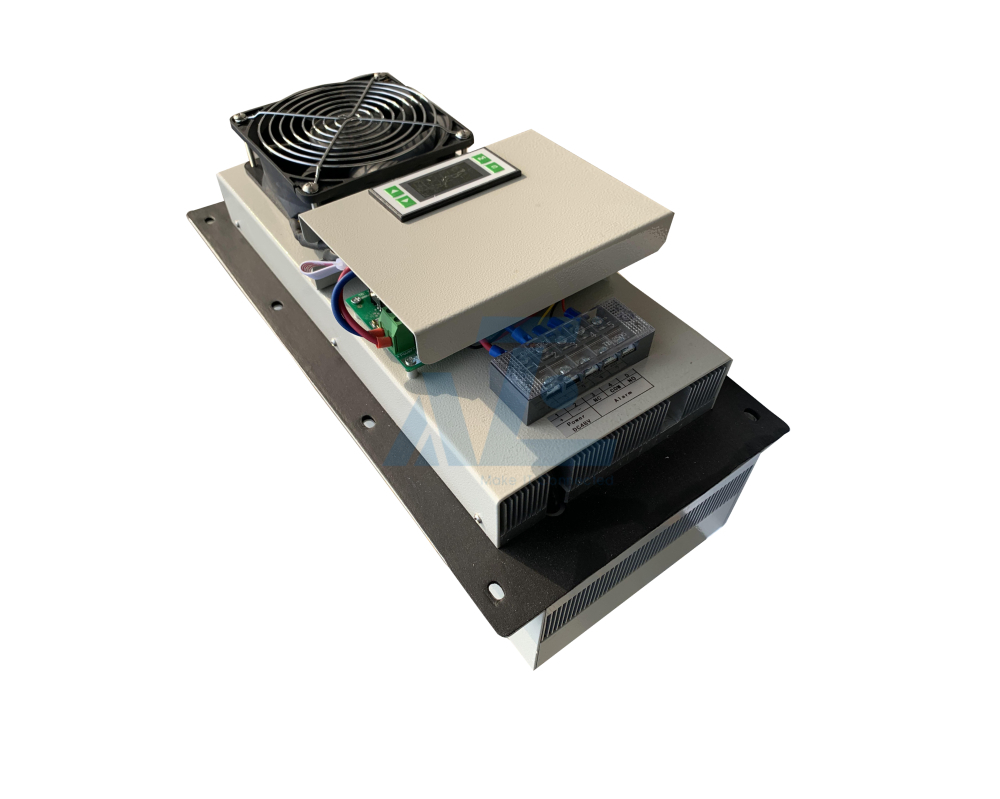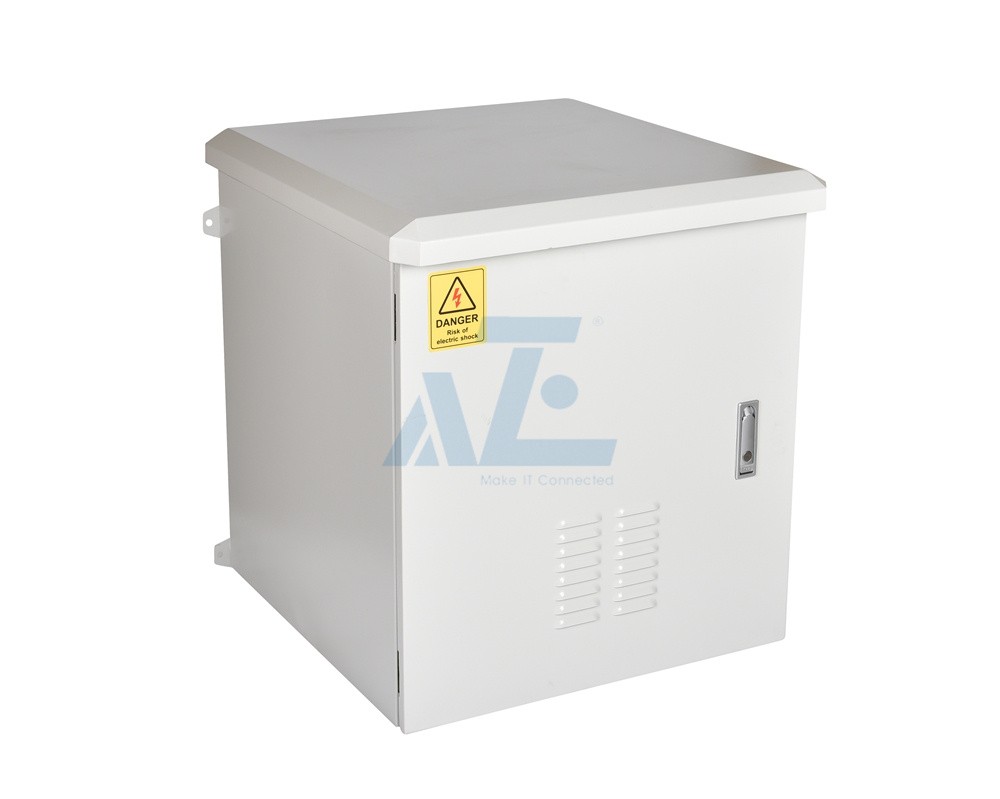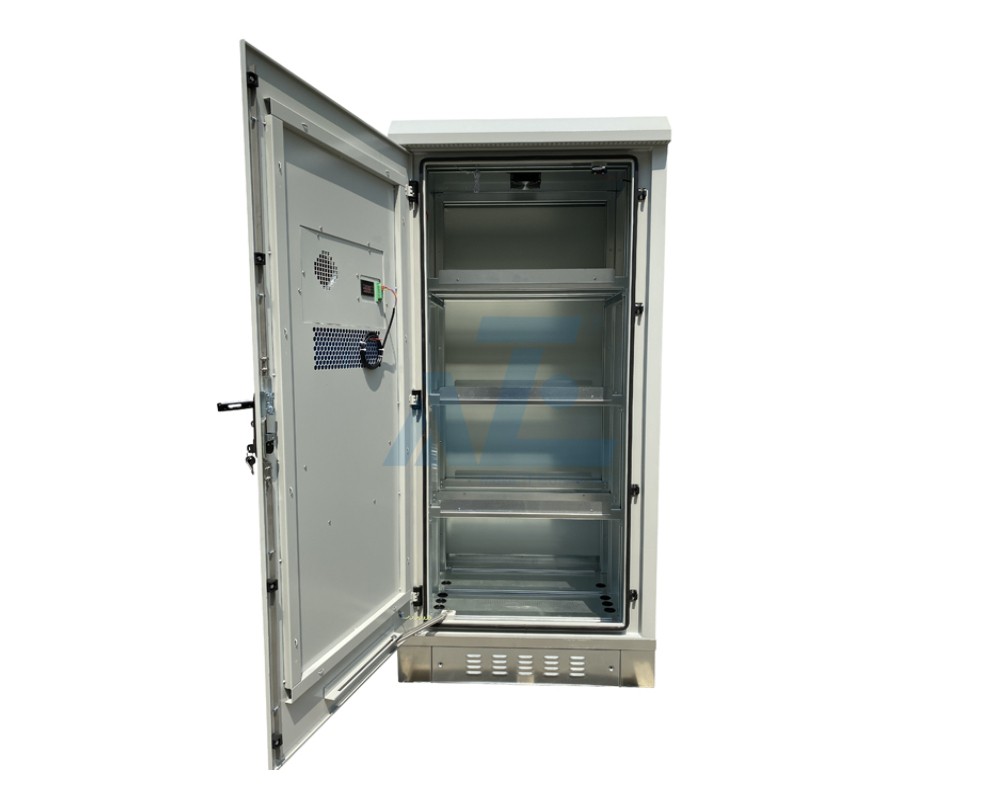Thermal Management of Outdoor Enclosures
Thermal Management of Outdoor Enclosures
Jun 28 , 2021Outdoor enclosures are being designed to house various equipment configurations with dissipating heat rates ranging from 100 up to 100,000 W and higher, depending on the size and type of equipment. The goal of the designer is to maintain peak internal temperatures below a certain level which is normally prescribed by the electronic equipment manufacturer. Humidity levels are of concern, but since most cabinets are either sealed or its temperatures are much higher that the air’s dewpoints, humidity is generally not a problem (after the transient effect of opening/closing the enclosure is eliminated.)
Air temperatures within the enclosure will be a function of heat generated by the equipment; heat generated by the auxiliary equipment such as fans, etc.; the environmental conditions to include solar radiation, temperature, and surrounding topography; and enclosure characteristics such as dimensions, material, shape and external paint.
Most enclosures will be installed in a variety of outdoor conditions. Typically, external (ambient) temperature range is from -30° C to 55° C in all latitudes and longitudes. Equipment chamber temperature could range from 20/30 °C to 65/85 °C and, if installed, optimum battery temperature is 25° C.
Design, or setpoint, temperature is that temperature that the enclosure air will attain when there is heat balance, or in equation form:
![]()
where, Qequipment is the electronics heat dissipation, Qsolar load is the solar heat load and Qcooling-system is the amount of heat removed by cooling system. The solar load is a complex term because it includes contributions from all modes of heat transfer. For example:
![]()
Normally, the value of Qradiated will always be positive (towards enclosure) but the other two can be either positive or negative, depending on the cabinet’s temperature. Thus, if Qbalance is not zero, this means that the temperature inside the cabinet is either higher/lower than the set temperature and the cabinet is losing/gaining heat by convection and conduction.
Once it is determined the amount of heat or internal temperatures that are required, the cooling equipment must be chosen from the following technologies to achieve the cooling goal:
- Fully Active: Air-Conditioning/Refrigeration
Once the heat rate to be removed has been calculated, then a cooling system must be matched to the outdoor cabinet. If, for example, cabinet air temperatures must be kept below the maximum ambient (outside) conditions, the preferred method is the installation of air-conditioning units, which involves the installation an air-conditioning system for moderate cooling or a refrigeration system for high cooling requirements; these imply that the internal enclosure temperature is lower than the outside temperature. If internal temperature can be higher than the outside temperature, then a heat exchanger which leads us to the next level cooling equipment:
- Assisted (Semi-Active): Air-to-Air Heat Exchangers, Water-to-Air Heat Exchangers
Similarly, as with fully assisted cooling systems, once the heat rate to be removed has been calculated, then a cooling system must be matched to the outdoor cabinet. If, for example, enclosure air temperatures do not have to be kept below the maximum ambient (outside) conditions and the load is not too high, an air-to-air heat exchanger is the preferred system. Heat exchangers still allow for sealed electronics compartments but have much lower operating and maintenance costs along with allowing for battery back-up service for short down-time periods.
- Passive Means: Natural Convection
Smaller outside enclosures (pedestals, etc.), in which relative high temperatures can be tolerated, can be cooled by passive means. Passive methods include primarily natural (free) convection and phase-changing materials (PCM). Natural convection is the transport of heat by buoyancy-induced fluid flows.
Another passive method that has become popular is the use of phase change materials (PCM) -sometimes in conjunction with thermosiphons. PCM’s are substances that change phase, most often from solid to liquid, as they absorb heat. Typical PCM’s are waxes, salts, paraffins, etc. for high temperature applications and water (ice) for low temperature applications. A variation is to use a substance that high heat capacity such as water that absorbs large amounts of heat without changing phase.
Looking for Thermal Management of Outdoor Enclosures?
Cabinet Air Conditioner Thermal Electric Cooling(TEC) Heat Exchanger
From data center to outdoor telecom infrastructure products, AZE has the right product for you. AZE designs and manufactures Server Racks and Enclosures, Outdoor Telecom Cabinets and Electronic Enclosures, Power Distribution (Basic Rack PDUs and Smart PDUs), KVM Switches and Fiber optics products to globe customers in the market.
Make IT Connected, AZE can support you to make IT happen with affordable cost.
Contact AZE to customize your thermal management of outdoor enclosures.
Related Products
Related Article
KVM Switches Frequently Asked Questions
Frequently Asked Questions for the KVM switches
Server Rack Enclosure Cabinet Buying Guide
How to select a right server rack cabinet enclosure
What is IP55 Outdoor waterproof Enclosure
What is IP55 Outdoor waterproof or weatherproof electrical Enclosure?
NEMA Outdoor Telecom Enclosures Solutions
NEMA 4,NEMA 4 Rated Outdoor Telecom Enclosures Solutions Provider
Outdoor Cabinet Enclosure Air Conditioner
Outdoor cabinet air conditioners keep your equipment cool outside
NEMA Outdoor Enclosure Ratings-Type 3R,4,4X
AZE manufactures NEMA 4,NEMA 4 Rated electrical outdoor enclosures











